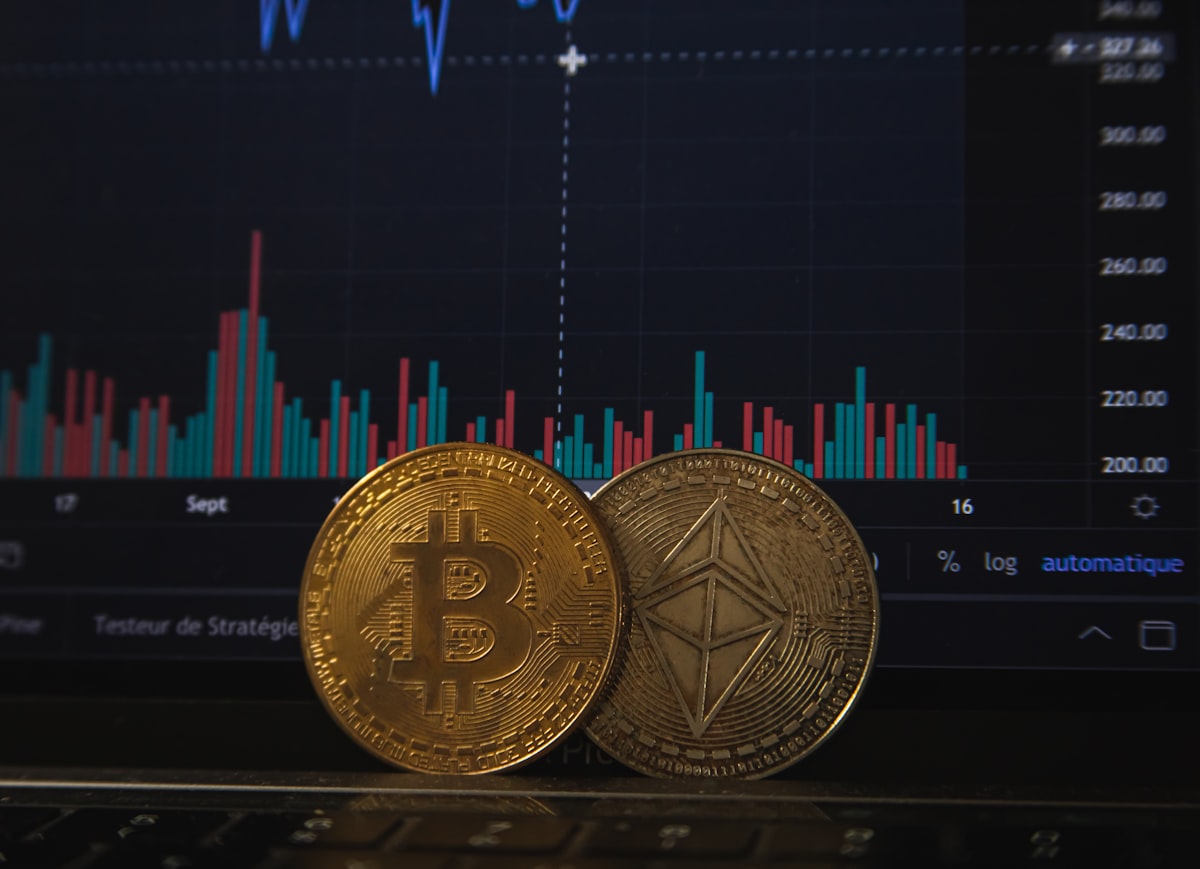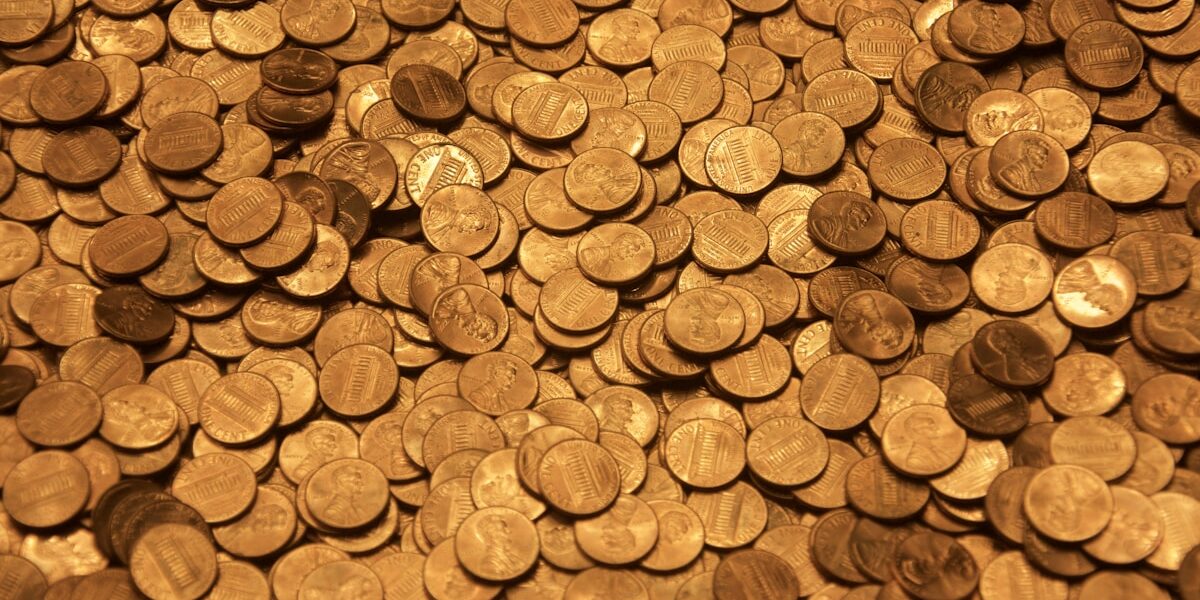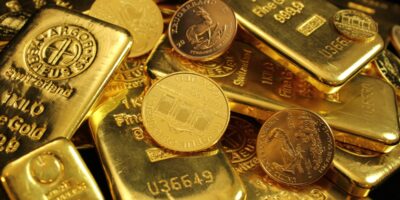What Makes a 1885 Silver Dollar Rare?
What Makes a 1885 Silver Dollar Rare?
Understanding what makes a 1885 silver dollar rare involves delving into its history and specific characteristics. One must consider the mintage numbers, the quality of the coin, and its demand among collectors.
Mintage and Distribution

The 1885 silver dollar, particularly the Morgan dollar, was minted in four locations: Philadelphia, San Francisco, New Orleans, and Carson City. Each of these mints produced varying quantities. The Philadelphia Mint produced a significant number, with roughly 17.8 million coins. This large number typically makes coins less rare.
New Orleans, with approximately 9.1 million coins, and San Francisco, producing about 1.5 million coins, also contributed to the total. Yet, Carson City mints a markedly lower number, around 238,000 coins. This modest mintage makes the Carson City version inherently rarer.
Quality and Condition
Another significant factor is the coin’s condition. Coins are graded from Poor (P) to Mint State (MS) on a scale from 1 to 70. A higher grade on this scale increases value. Mint State coins with low wear and no significant marks fetch higher prices. Only a tiny fraction of surviving coins exist in these mint states. Proper storage conditions, careful handling, and luck have preserved these few coins in pristine condition.
Carson City Mint
The Carson City mint, symbolized by the CC mint mark, naturally attracts more attention due to its limited production run. Carson City coins hold a special place among collectors. The Morgan Dollars minted there, including the 1885 variant, are sought after for their historical significance and scarcity.
Proof Coins
Proof coins are specially made for collectors, not for general circulation. They are struck using polished planchets and dies, resulting in a more detailed and shiny coin. Only about 930 proof Morgan dollars were minted in 1885, adding an extra layer of rarity. Collectors highly prize these proofs due to their beauty and limited numbers.
Demand and Collectibility
Demand also plays a critical role in determining rarity. The Morgan dollar series is one of the most popular among coin collectors. Collections focusing on Morgan dollars often seek coins from every year and mint. This demand for complete collections ensures that specific years and mint marks, particularly those less produced, gain higher value.
The 1885 coins may not be the rarest in mintage, but their condition and mint location, especially for Carson City’s mint, can drive demand and rarity. Collectors keep a keen eye on such variations, pushing prices up for well-preserved specimens.
Market Availability
Availability in the market also determines a coin’s rarity. Mint state examples appear less often, especially those from Carson City. Collector demand, combined with fewer coins available for sale, increases perceived rarity. Proof coins, already limited in number, further display these characteristics with even tighter availability.
Cultural and Historical Interest
The 1885 Morgan silver dollar carries historical importance. Morgan dollars were named after their designer, George T. Morgan, and signify an era in American numismatics. Owning a piece of this history appeals not only to serious collectors but also to casual enthusiasts, thereby broadening the base of interest.
Economic Influence
Economic factors also influence rarity. Precious metal prices, particularly silver, affect the value of these coins. During times of high silver prices, coins might be melted down for their intrinsic metal value. This reduces the total number of surviving coins, increasing rarity for unaltered specimens.
Authentication and Certification
Third-party grading and certification services like PCGS and NGC provide legitimacy and assurance in the coin’s authenticity and grade. Coins certified by these bodies tend to be more trusted and valued higher. Fakes and replicas exist, making these certifications crucial for adding layers of trust and rarity to genuine coins.
Preservation and Care
Coins stored carefully tend to maintain or even increase in rarity and value. Preservation methods include placing coins in protective holders, avoiding direct contact, and keeping them in environments with controlled humidity and temperature.
Restoration and Cleaning
Collectors usually frown upon heavy cleaning or restoration, which can reduce a coin’s value. Original surfaces are prized, making coins that have not been tampered with more desirable. The rarity increases when considering these aspects since many older coins are commonly cleaned or mishandled.
Comparison with Other Years
When comparing the 1885 Morgan dollars to other years, it stands out due to its varied mintages and the noteworthy presence of Carson City coins. This comparison highlights why certain dates, and their associated mint marks, carry more weight in the collecting community.
Investment Potential
Like other rare commodities, 1885 silver dollars have investment potential. Collectors and investors see these coins as assets likely to appreciate over time, fueled by scarcity and continuous demand. Investing in high-grade, certified coins often results in significant returns.
Circulation and Usage
Many 1885 silver dollars saw limited circulation, owing to bank hoards and Treasury releases much later in the 20th century. Minimal handling led to the survival of some high-grade pieces. These coins, having spent little time in circulation, command higher premiums.
Auction Records
Auction results for 1885 silver dollars, especially those from Carson City or high-grade proofs, show notable prices. These results reflect the strong market demand and the competitive nature of collecting rare mintages.
Collector Sentiment
Sentimental value also plays a role. Some collectors have a particular fondness for Morgan dollars, considering them pieces of Americana. This sentiment contributes to their enduring popularity and value.
Numismatic Research
Research and publications on 1885 silver dollars help inform the community. Books, articles, and online resources provide insights into rarity and historical context. Educated collectors make informed decisions, appreciating these coins’ true value.
Legal and Ownership History
Ownership history and provenance can add to a coin’s allure. Coins with notable previous owners or unique, documented stories behind them often see increased interest and value. Provenance can turn a commonplace coin into a noteworthy specimen.
Overall Influence
The intersection of mintage, condition, mint location, demand, and historical significance all influence the rarity of an 1885 silver dollar. Each factor contributes to the intricate world of numismatics, making these coins fascinating and valuable study subjects for collectors.


Subscribe for Updates
Get the latest articles delivered to your inbox.
We respect your privacy. Unsubscribe anytime.